Atomic State: Big Science in Twentieth-Century India
In 1974 India conducted what it called “peaceful nuclear tests.” These demonstrated that the country possessed the technology required to make Atom bombs. In historical accounts, this explosive achievement has come to be seen as the culmination of a state’s efforts at capacity building and self-reliance through “big Science.” questioning the received wisdom, Jahnavi phalkey provides a fascinatingly different history. Mining new data from personal and institutional archives, she contradicts persistent nationalist notions about early Atomic Science in India as the starting point of bombs. She shows that the emergence of the country nuclear Science infrastructure was in fact tenuous, contradictory and rich in faction fights which frequently determined outcomes and directions. Phalkey traces the academic roots of India’s nuclear research to universities, industrial philanthropy, leading scientists and laboratories: C.V. Raman, Meghnad Saha, Homi Bhabha, Shanti swarup bhatnagar and Jawaharlal Nehru are among her book’s major protagonists and Calcutta, Bombay and Bangalore the institutional centres. Big Science in India is located via three transitions: Of nuclear Physics from table-top experiments to electronic equipment systems; of India from imperial rule to independence; and of international relations from imperialism to the Cold War. A brilliant contribution to its field, this book makes us rethink the place of science in India’s history, as well as the frameworks deployed for writing contemporary history.
Get it now and save 10%
BECOME A MEMBER

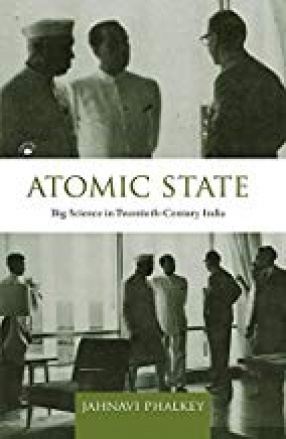
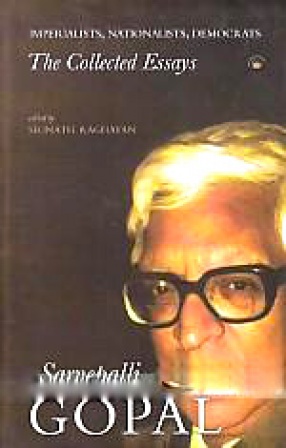

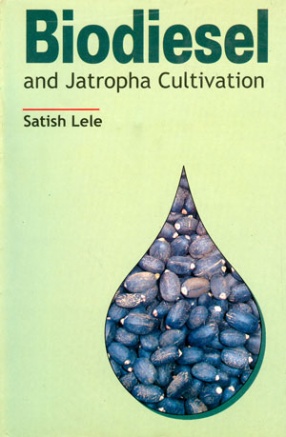
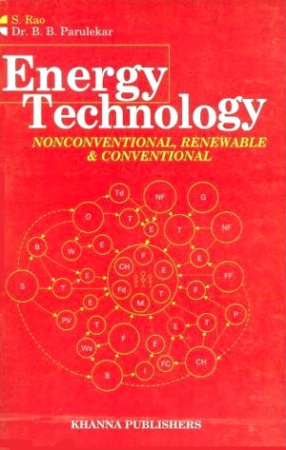
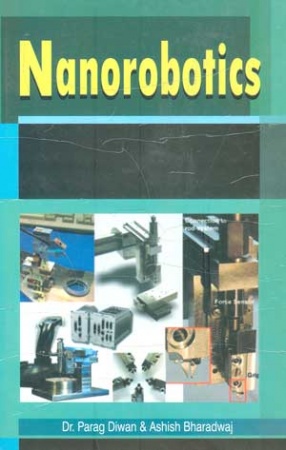

Bibliographic information